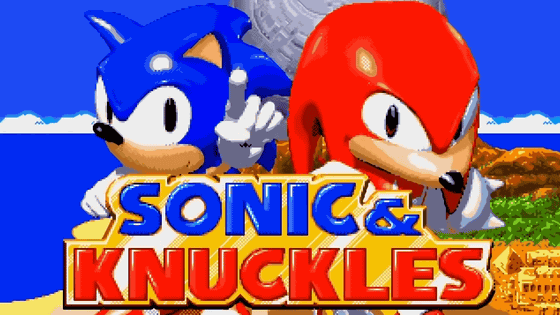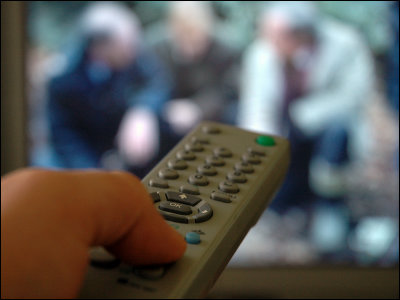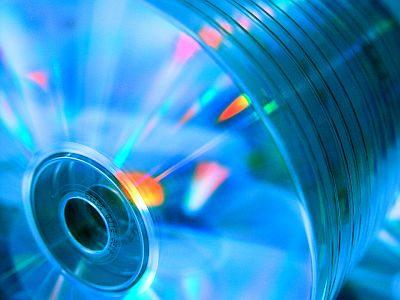After 16 years of fierce struggle, the 'Laser Active' emulator has finally been completed. What exactly was difficult about it?
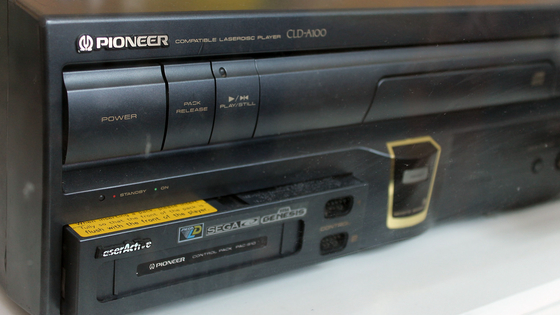
by
The Laser Active, released by Pioneer and NEC in 1993, was a dream machine that was a laser disc player that could also play PC Engine and Mega Drive games by installing a dedicated pack. The Laser Active was also unique in that it could play games such as the PC Engine LD-ROM 2 and MEGA-LD, which used LD-ROMs with larger disc capacity than CD-ROMs. A Sega fan overseas has recently completed a MEGA-LD emulator that can be used on the Laser Active, and it's become a hot topic.
ares v146 released
https://ares-emu.net/news/ares-v146-released
'This is the first:' The 16 year odyssey of 'time, money, wrong turns and frustration' it took to finally emulate the Pioneer LaserActive
https://www.readonlymemo.com/this-is-the-first-the-16-year-odyssey-of-time-money-wrong-turns-and-frustration-it-took-to-finally-emulate-the-pioneer-laseractive/
The Laser Active (CLD-A100), released by Pioneer in 1993, was a laser disc player that could be expanded into a game console by inserting an LD-ROM 2 or MEGA-LD control pack.
The actual CLD-A100 is shown below. The top row is the laser disc player, and the MEGA-LD control pack is inserted into the slot on the left side of the bottom row. The connected controller is very similar to that of the Mega Drive. With this MEGA-LD control pack inserted, you could play not only MEGA-LD games, but also Mega Drive and Mega CD games.
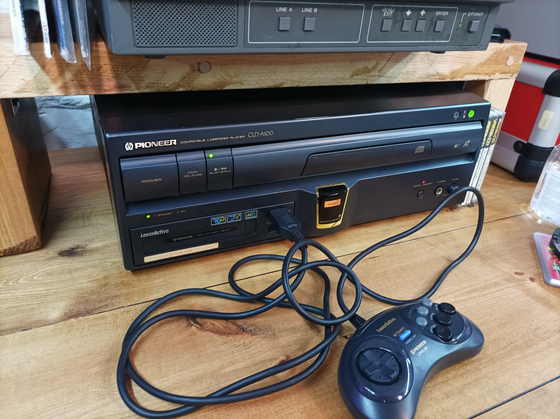
by Own work
LD-ROM is a laser disc (LD) version of CD-ROM, using a laser disc as a read-
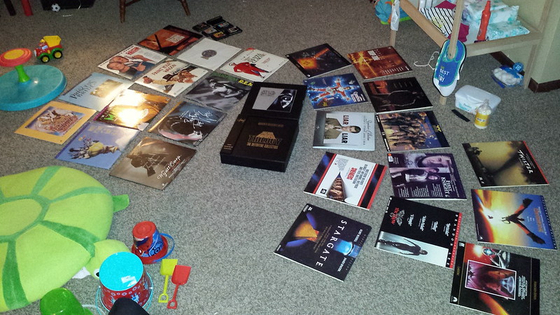
by
Nemesis, a huge Sega fan, came up with the idea of emulating the Mega LD, a hybrid machine that combined the Mega Drive and Laser Disc systems, in April 2009. However, because the Laser Disc was an analog video medium, emulating the laser active system was extremely difficult.
There is no problem if you simply play back video, but LD-ROM games require interactive control of the video, so they require not only operations such as play, stop, and fast-forward, but also complex processing such as instantly moving to a specific frame, reversing playback, and switching between multiple videos.
'Time Gal,' which was released in February 1995 as a title for the MEGA-LD, looks like this: you press buttons according to the instructions displayed while the animation is playing. The animation corresponding to the button you pressed is instantly played. Note that the following movie is of the version ported to the Nintendo Switch in later years, and is not played on the MEGA-LD itself.
I tried playing 'Time Gal' from 'Taito LD Game Collection', an HD remaster of the 1985 laser disc game - YouTube
To achieve this interactive control, LD-ROM games used a special video recording method. Analog video uses interlace technology, which creates one frame from two types of scan line data, but Laser Active records completely different images onto these two types of scan line data, allowing for instant, seamless switching between images.
However, typical capture cards around 2014 were unable to correctly convert the completely different scan line data into digital data. Also, control codes such as frame numbers, time, and chapter information were embedded in the vertical blanking interval (VBI), which is not displayed on the TV screen, but capture cards at the time were unable to read the VBI data, which is unique to laser discs.
Because these problems could not be resolved, LaserActive's emulation project stalled in 2014, but was later restarted with the arrival of the Domesday Duplicator , an open-source hardware developed for preserving laserdiscs, and ld-decode , which can decode laserdisc signals into video. However, the Domesday Duplicator and ld-decode were primarily intended for preserving films, and were not capable of capturing all signals, including VBI data.
Nemesis himself contributed to improving these software features, including the ability to completely read chapter data containing all disc information, the ability to output all 525 scan lines of NTSC video, including VBI, as data, and the ability to ensure that digital audio was not out of sync with the video.
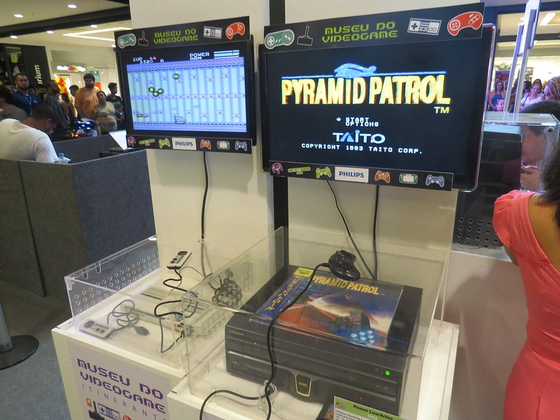
by Ricardo Jurczyk Pinheiro
These improvements made it possible for the first time to completely digitally copy LD-ROM data in a form suitable for emulation. Since the hardware's operation had been analyzed in 2013, emulator development proceeded smoothly once accurate copying of LD-ROM data became possible. Furthermore, thanks to Nemesis's contributions, the multi-system emulator Ares became compatible with MEGA-LD in version 146, released on August 26, 2025.
According to Nemesis, to achieve interactive control of LD-ROM games, video compression is not possible and all video must be saved uncompressed, resulting in extremely large game file sizes of tens of gigabytes. Compressing video requires the console to emulate the game and render the video in real time, placing too much strain on the computer.
Related Posts:


